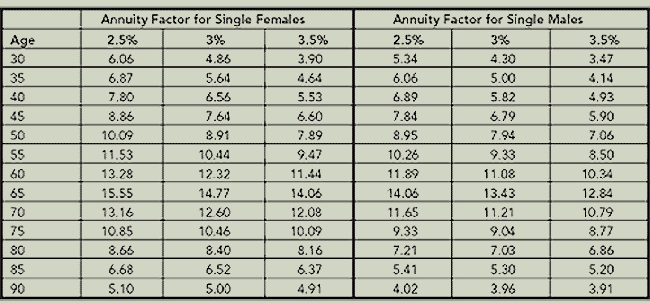Interest Rates Important Stock Valuations and Interest Rates are Linked
Post on: 20 Май, 2015 No Comment

You can opt-out at any time.
Please refer to our privacy policy for contact information.
Stock valuations and interest rates are directly linked, although you may not always notice the relationship.
When the Federal Reserve Boards Open Market Committee meets in one of its eight yearly gatherings, they have three options:
- They can raise key interest rates
- They can lower key interest rates
- Or, they can do nothing
Businesses and the stock market pay close attention to what the Fed decides because interest rates are so important. There are obviously some very practical concerns about interest rates, such as the cost of borrowing, the affect on consumer spending and so on.
There is also a fundamental consideration that is the basis for beginning any process that leads to the valuation of a stock. It goes something like this: You have $X to invest and a wide range of options to consider.
Safest Investment
The safest investment you can make is in a U.S. Treasury Note because it is backed by the full faith and credit of the U.S. Government. Understandably, with this kind of rock-solid security, your return will be low.
If the 10-year Treasury Note is yielding a risk-free 4.2%, what should a stock return to account for the greater risk?
This return over the yield of the Treasury Note is called the risk premium. It is what you determine an investment must pay for the risk you are taking.
There are several ways to calculate the risk premium and as many different proponents arguing their method is the best. If you would like to explore some of these methods, check out this article.
Many investors consider 7% a good starting point for calculating risk premium. Given that assumption and 10-year Treasury Note yield at 4.2%, you should expect something in the neighborhood of 11% from your stock investment.
Starting Point
This is just the starting point. You might settle for less if investing in a solid blue chip and you might demand more from a high flying tech issue for the additional risk. Other factors might cause you to add to or take away from the risk premium you demand.
How does this relate back to interest rates where we started? A stocks required rate of return is made up of two parts: the risk-free rate and the risk premium.
As the Fed adjusts key interest rates, the risk-free rate will change. If the Fed raises rates, the risk-free rate will rise also. If nothing else changes, the stocks target price should drop because the required return is higher.
The reverse is true. If key rates fall, then the stocks target price should rise because the required return has dropped.
Conclusion
This relationship between stock valuation and interest rates is an illustration of how investors answer the question: What should I expect from an investment in this stock?














